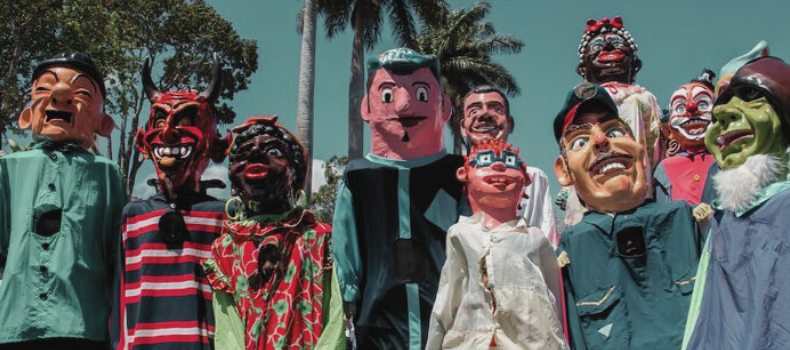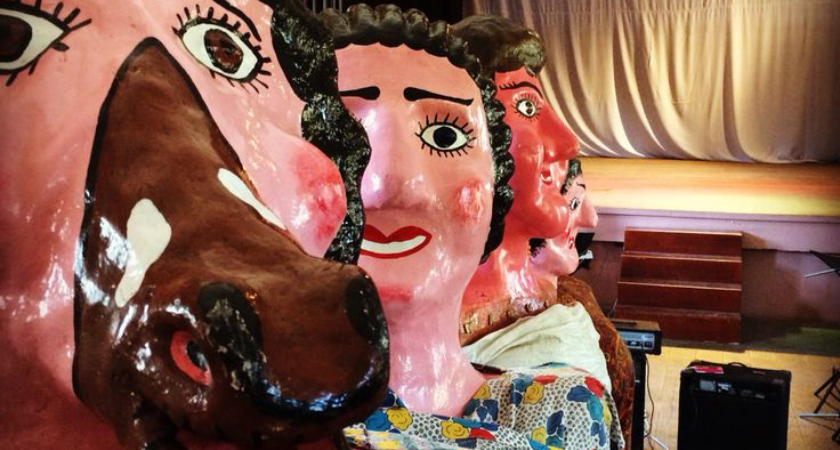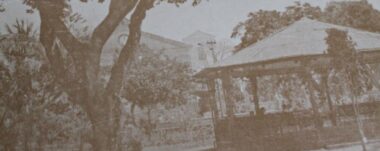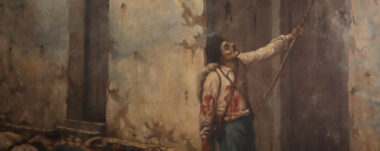Traditional Costa Rican Mascarada: A Festive Journey Of Masks, Music And Millenary Culture

Traditional Costa Rican mascarada: a celebration full of color, music and culture that has lasted from colonial times to the present day.
Mascarada Origins
The traditional Costa Rican mascarada is a deeply rooted cultural expression in Costa Rica, with roots dating back to colonial times. This cultural phenomenon is the result of a mixture of colonial and Amerindian festive traditions. With a close relationship to the Spanish festivity of the giants and big-heads, it incorporates influences from indigenous communities, which gives it a multicultural and syncretic character.
Before the arrival of the Spaniards in the 16th century, the indigenous peoples of Costa Rica already used masks in their rituals. An outstanding example is the game of the diablitos de Boruca, celebrated since pre-Columbian times. This game involves the elaboration of balsa wood masks, used in a celebration that occurs between December 31 and January 2 each year.
Pre-Hispanic Masks
Pre-Hispanic masks were made from various materials such as clay, volcanic stone, wood and jade, and were colored with natural pigments. These masks were used in ritual dances, giving their wearers a privileged place in indigenous society, as they were believed to be possessed by the deity they represented.
Evolution In The Colonial Period
During colonial times, the mascarada tradition began to take shape in the city of Cartago. The “parlampanes”, neighbors dressed in ridiculous costumes and animal masks, preceded bullfights in popular festivities. These masks were made of papier-mâché, reflecting a religious syncretism with Spanish, indigenous and African influences.
First Mascaradas
In 1877, Rafael “Lito” Valerín organized the first masquerade in Cartago for the festivities of the Virgin of the Angels. Valerín, inspired by some old masks of “cabezudos” of Spanish origin that he found, created the first “Giganta”. From then on, the tradition expanded and diversified with new figures and craft techniques.
Characters and Celebrations

Mascarada characters, known locally as “mantudos” or “payasos” (clowns), walk the streets of the towns during popular and religious festivities. These characters dance to the rhythm of cimarrona music and usually chase the attendees, accompanied by fireworks. The mantudos represent traditional, legendary and modern figures, with characteristics ranging from the comical to the grotesque.
Festivities And Recognitions
The National Day of the Costa Rican Traditional Mascarada is celebrated on October 31st, instituted in 1997 by Executive Decree No. 25724. In addition, in April 2022, the mascarada was declared the seventeenth national symbol of Costa Rica by the Legislative Assembly, highlighting its cultural importance.
Crafts And Mask Making
The elaboration of a masquerade is an artisanal process that can use clay, wood, paper, plaster and fiberglass. Indigenous artisans, such as the Boruca and Maléku, carve masks from balsa wood, while traditional mantudos are molded from clay and covered with multiple layers of paper. These masks are painted and decorated, giving life to a wide variety of characters.
Music And Celebration
The masquerades are accompanied by cimarronas, small bands of musicians playing fanfare and folkloric music. National Masquerade Day festivities include parades, mask exhibitions, cultural and educational activities, fireworks, and tributes to outstanding artisans.
The traditional Costa Rican masquerade, with its rich cultural heritage and vibrant artistic expression, continues to be a vital part of Costa Rican identity and folklore, celebrated with enthusiasm and pride throughout the country.
Sensorial Sunsets
Navigate articles




